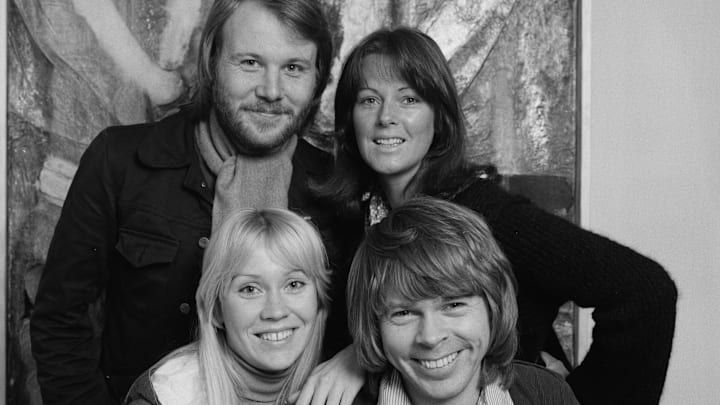“The Air That I Breathe” by the Hollies (1974)
I admit to having a love/hate relationship with the Hollies' last major hit. I suspect singer Allan Clarke may have felt the same. Clarke didn’t write the song. It was written by Albert Hammond and appeared as the final track on his debut album in 1973. But Clarke was in a bit of a quandary circa 1974. His original Hollies co-founder Graham Nash had left the band in the late 1960s and was having plenty of success as both a soloist and with Crosby, Stills, and Nash.
Clarke wanted something similar, especially now that Nash was no longer helping cranking out hits for the Hollies. But Clarke’s solo career stalled out a bit, and he re-upped with his original band. “The Air That I Breathe” was their final triumph, cracking the top ten in the USA and hitting number one in many countries.
Here's where the confused feelings come in. I remember not liking the song, thinking that the chorus was kind of overblown. And yet, every time I bother to listen, I find myself drawn in. Clarke delivers a dreamy vocal, and the rest of the band creates an almost eerie backdrop that gets the same feeling Joni Mitchell achieves in “Help Me,” despite coming from a radically different place.
This is a love song, but there is a vague sense of dread inherent in giving yourself over so completely to someone else. And whenever I think the orchestral chorus reaches a bit too far, I need only listen to that Hammond original. His version is simplicity itself, with just an acoustic guitar and a cello, and, quite frankly, it gets pretty boring. The Hollies don’t allow for that.
“50 Ways to Leave Your Lover” by Paul Simon (1975)
I usually restrict these lists to one song per artist. If not, half my lists would just be a collection of Lou Reed and Elvis Costello songs. But since Art Garfunkel sang lead on “Bridge Over Troubled Waters,” I’m allowing for one of Simon’s best solo efforts. There’s a remarkable symmetry in Simon’s early solo chart success.
His first solo album after splitting from Garfunkel – Paul Simon – hit number four on the album chart and yielded a number four single – “Mother and Child Reunion.” His second album – There Goes Rhymin’ Simon – made it to number two and featured two number two singles – “Kodachrome” and “Loves Me Like a Rock.” Then he finally got to number on both on the album chart with Still Crazy After All These Years, and on the singles chart with “50 Ways to Leave Your Lover.”
It opens with one of the most iconic pop music drum grooves, courtesy of Steve Gadd. Then Simon’s lyrical wit takes over as he dissects the breakdown of a romance. Patti Austin, Phoebe Snow, and Valerie Simpson (of Ashford & Simpson acclaim), sing backup on the chorus. The song has a deceptively tricky rhythm and a borderline silly message. It might have failed. But it didn’t.
